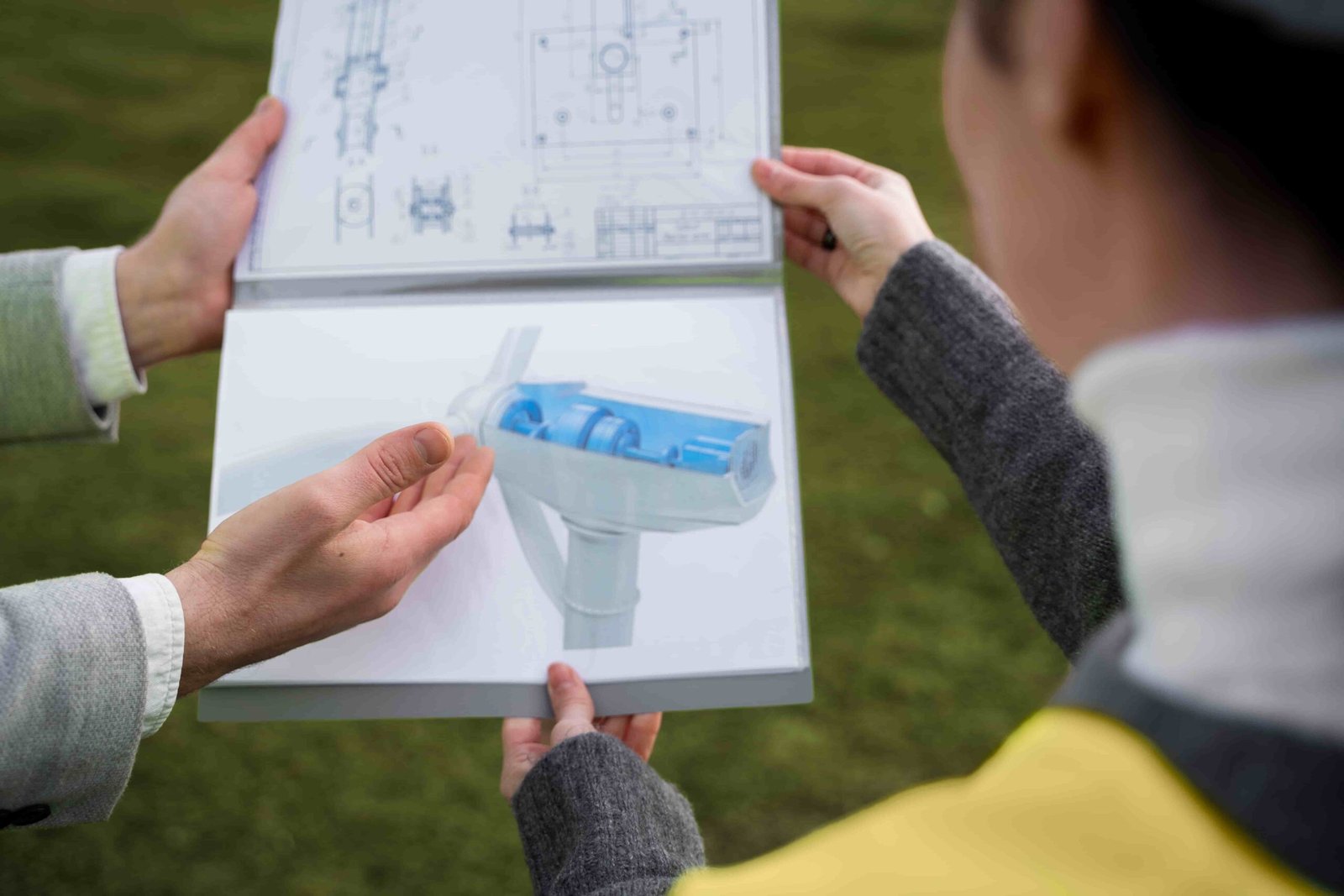Embarking on the journey of presenting designs to clients is akin to mastering an art form, an art form where architects must not only possess strong communication and storytelling skills but also recognize that the visual aspect stands as the pinnacle of importance. In this realm, the go-to strategy for elevating the chances of presentation success is the utilization of photorealistic 3D visualization. However, to truly harness its potential, one must possess a profound understanding of the various types of architectural renderings, their suitability for specific projects, and the remarkable benefits they bring. Moreover, it is essential to explore the myriad visual means of expression within the realm of CGI, which has the transformative power to turn your project presentation into a masterpiece. So, if you’re eager to embark on this enlightening journey of discovery, you’ve undoubtedly arrived at the right place.
Within this article, our esteemed team from the architectural visualization studio will unveil the advantages inherent in the primary CGI types while showcasing an eclectic array of captivating examples. As you read on, you’ll not only gather inspiration but also glean insights that will empower you to craft unforgettable concept pitches that leave a lasting impression on your clients. Prepare to embark on a journey that will redefine the art of architectural presentation in 2024 and beyond.
Within the domain of realistic exterior rendering, we discern two primary subtypes that hold substantial significance: residential and non-residential. Let’s delve deeper into these distinct realms.
Residential Exterior – A Glimpse into Dream Homes
Residential 3D renderings serve as invaluable tools for presenting a diverse array of housing structures, ranging from suburban abodes to urban skyscrapers and idyllic vacation getaways. This form of architectural visualization offers a window into your concept, capturing it from multiple angles to breathe life into your project.
What sets residential exterior CGI apart is its remarkable ability to craft immersive atmospheres. By meticulously curating lighting, weather conditions, and the time of day, you can tell a compelling narrative through your design. A carefully chosen environment not only narrates a story but also fosters an emotional connection with viewers, potentially influencing their decisions in your favor.
Non-Residential Exterior I – Beyond Walls and Roofs
In the realm of non-residential exterior visualization, you gain the power to effectively showcase buildings designed for diverse purposes, encompassing business, industry, education, and faith-based structures. This facet of CGI goes beyond mere architectural depiction; it also breathes life into the spaces and the people who will inhabit them.
Imagine a 3D rendering depicting students engaged in vibrant discussions on a bustling college campus or employees savoring coffee breaks outside an office building during a tranquil interlude. This narrative approach infuses your presentation with an engaging story. Furthermore, you have the freedom to choose settings that perfectly complement your message, whether it’s a radiant sunny day or a dramatic nocturnal scene.
Non-Residential Interior Visualization: Unveiling the Intricacies of Interior Architectural Renderings in 2024
In the arena of interior design presentations, the primary objective is to effectively communicate room layouts and ambiance to captivate viewers. Architectural 3D renderings serve as formidable allies in achieving this goal. Just as with exterior CGI, interior visualization can be categorized into two subtypes: residential and non-residential.
Residential Interior 3D Visualization – Evoking Emotions Through Design
Among the various facets of architectural renderings, residential interior visualization stands as a pillar of emotional resonance, offering viewers a tantalizing glimpse into their future abodes. The realm of 3D visualization empowers you with a versatile toolkit to convey the essence of a house or apartment, from a rich array of lighting options to intricate decor and contextual elements. Moreover, interior 3D renderings excel at elucidating the convenience and functionality of room layouts, enabling you to spotlight ingenious design solutions in meticulous detail.
Non-Residential Interior 3D Visualization – Crafting Experiences Through Space
Architectural renderings of non-residential interiors, including commercial spaces, thrive on capturing the experiences people will encounter within these environments. This facet of CGI enables you to present spaces in the most captivating light possible. Experiment with atmospheric lighting and angles that do justice to your design concept. With interior CGI, you can precisely convey the ambiance of your design intentions; an open-space office exudes an airy, productive atmosphere, while a cozy café emanates warmth and charm, exactly as intended.
Now that you’re well-acquainted with the four pivotal types of architectural renderings, you possess the tools to illuminate your concept presentations brilliantly. These CG images empower you to authentically convey the beauty and functionality of your designs. Furthermore, you’ve witnessed the plethora of options available for creative expression within these categories. By thoughtfully selecting lighting, weather conditions, the time of day, angles, and contextual elements, you can infuse your imagery with a distinctive atmosphere, rendering your pitch truly irresistible.
In pursuit of professional architectural rendering services in 2024? Contact MOAR and access a diverse range of high-quality 3D visuals tailored to your specific needs within record time!
Desiree Moraes
–
Architect and Co-Founder
As the creative director of Moar Architects, Desiree Moraes masterfully leads a team of architects and interior designers, transforming each client’s vision into extraordinary spaces that not only meet but exceed their dreams.



